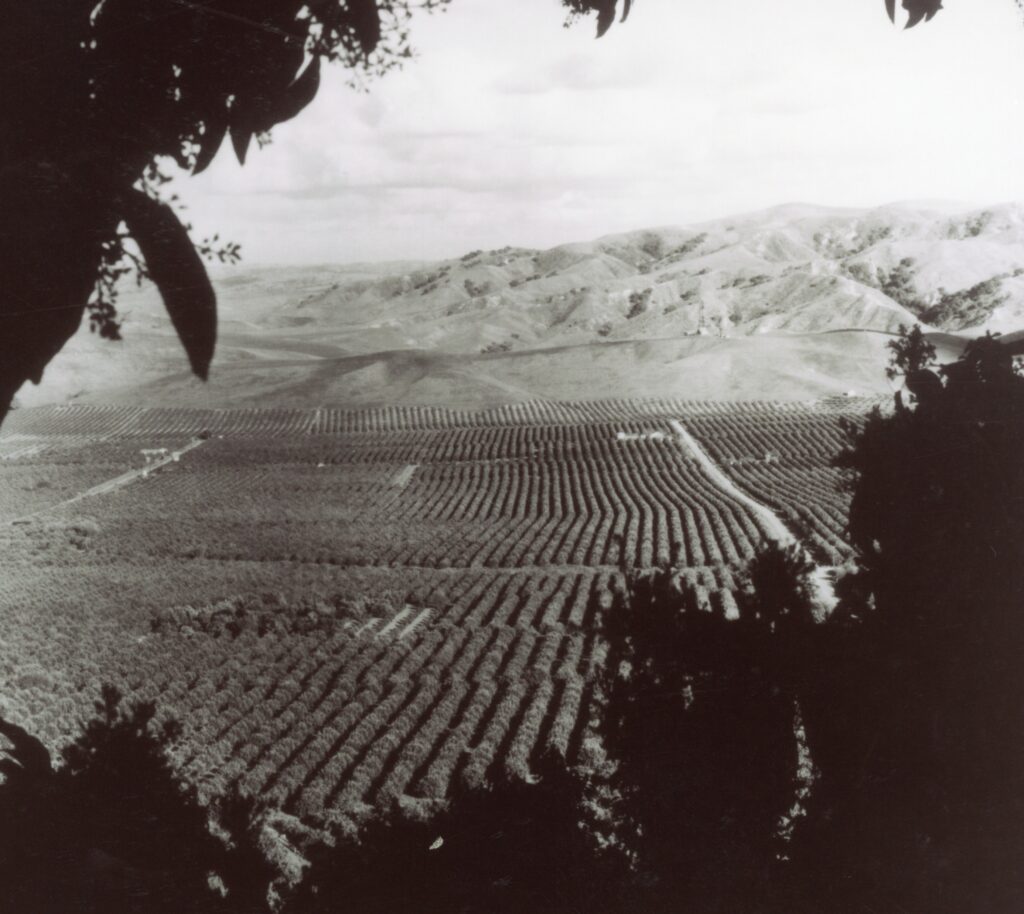
William Wolfskill, native of Kentucky, (1798-1866) had an interesting life. He leaves many legacies to California history. In his westward journey he became a Hudson Bay trapper and even traipsed around Northeastern California, that would later have an impact on the timber industry—but he is credited to establish California’s first commercial orange grove.
In 1831, he settled at Los Angeles. Wolfskill like what he saw and two years later acquired a small tract of land, complete with its own vineyard. In time. this vineyard and winery did quite well.
In 1841, Wolfskill intrigued with thirty-five orange trees owned by his neighbor Dom Luis Vignes (and thinking that oranges just might have commercial value) planted a two-acre grove with trees from the San Gabriel Mission. His experiment was successful. He expanded his acreage to seventy acres. The year of his death, 1866, his orange crop sold for $25,000.
It wasn’t Wolfskill’s skill as a grower, however, as much as it was his marketing abilities—and the effects of disease—that led to his success. Wolfskill took an advantage of a scurvy epidemic in Mexico to export his citrus and another new market was brought on by California Gold Rush. In the early 1850s, oranges were selling a few pennies a pound in Los Angeles, were going for much as a $1 pound in the Northern California gold fields, and that is where Wolfskill sent his fruit.
Wolfskill’s son, Joseph is credited with shipping the first oranges to eastern markets. In 1877, his fruit took one month to travel via Southern Pacific Railroad to St. Louis, Missouri. Wrapped in paper and packed in ice (which had to be replaced eleven times en route) they arrived in very good shape—and made young Wolfskill a very good profit.
Next Week: Chaos among citrus growers and the birth of an co-operative.
Support